Showing posts with label Learning. Show all posts
Showing posts with label Learning. Show all posts
Monday, November 18, 2019
Overall experience of our trip to Wellington!!
Last week the year 7&8’s had the opportunity to travel to Wellington via plane. This trip happens every 2 years for the year 7&8’s that choose to stay at Paihia School and it was organised by our principal, Mrs Lindsay. It was an amazing opportunity and we only had to pay $50! When we arrived in Wellington we made our way to Te Herenga Waka which is the Marae we stayed at for the whole week. During the week we went to some really cool places. We went to Te Papa, Wellington Zoo, going on the cable car and visiting the cable car museum, have a tour of Victoria University, Capital E and lots of other cool places. My favourite parts about Wellington was Te Papa because of the amazing life like statues in the Gallipoli exhibit, Weta workshop because of their craftsmanship on all the costumes and weapons and going to Capital E and learning how to use the different equipment to make a TV show. Also learning how to direct the location manager and floor manager so that they can cue when the actors start. I just want to say a big thank you to Mrs Lindsay for organising this trip so we can make new memories that we will remember for years to come. Also thank you for taking a week away from your family to spend with us. THANK YOU MRS LINDSAY!!
Labels:
Learning,
Other,
Wellington camp
Thursday, October 24, 2019
Tips on how to stay safe while on the water
Last week Whaea Tracey from swim safe came to talk to us about how to stay safe
when around the water, or on a boat this summer. First she she told us about different
types of flares. The first one was a parachute flare. This flare stays up in the air for
around about 60 minutes. The next one was called the orange cloud. As the name says,
it launches an orange cloud that hovers over the person but this flare is best used
during the day because you aren’t able to see the cloud at night. The last flare is quite
dangerous and it's called a rescue flare. This flare requires you to hold it and the flare
can get quite hot so you can get burns and it's also not waterproof. Next she talked
to us about beacons. There were two size variations but there were both called
EPIRB (Emergency Position Indicating Radio Beacon). One was a large one that you put
on the boat and there is one that's a lot smaller that you can clip onto your life jacket.
She also told us some stories about people not wearing life jackets and the difference
between a life jacket and a vest.
when around the water, or on a boat this summer. First she she told us about different
types of flares. The first one was a parachute flare. This flare stays up in the air for
around about 60 minutes. The next one was called the orange cloud. As the name says,
it launches an orange cloud that hovers over the person but this flare is best used
during the day because you aren’t able to see the cloud at night. The last flare is quite
dangerous and it's called a rescue flare. This flare requires you to hold it and the flare
can get quite hot so you can get burns and it's also not waterproof. Next she talked
to us about beacons. There were two size variations but there were both called
EPIRB (Emergency Position Indicating Radio Beacon). One was a large one that you put
on the boat and there is one that's a lot smaller that you can clip onto your life jacket.
She also told us some stories about people not wearing life jackets and the difference
between a life jacket and a vest.
I learnt heaps of new things that will come in handy if I ever am in trouble during
the summer or if I get into trouble while I’m on a boat. I will use this knowledge and
tell others so that they don’t get into trouble during the summer. Here is my DLO:
the summer or if I get into trouble while I’m on a boat. I will use this knowledge and
tell others so that they don’t get into trouble during the summer. Here is my DLO:
Labels:
Learning,
Other,
Water safety
Wednesday, September 25, 2019
Math DLO
This week Te Ngahere has been working hard to finish off their math DLO showing the new strategies that we have learnt. Me and a few other students have been learning how to convert fractions into decimals and then order them. This strategy was taught to us by Mr Lindsay. At the beginning when we first attended the workshop it was kinda hard because we had none or little knowledge about this strategy. Then once Mr Lindsay explained it more in depth we were all starting to get the hang of it. After that we were sent off to complete some worksheets. Now I fully understand this strategy and have I am confident that I could teach it to someone else. If you are struggling with this strategy here is my DLO which will show you the steps on how to convert fractions into decimals:

Wednesday, September 11, 2019
Reusing images DLO
This week we have been learning how to reuse pictures that are labeled for personal use. I found these tips really helpful because using photos from the internet, doesn’t mean we are free to use it for personal use. You could get in big trouble if the owners of the photo saw that you were using it, for whatever purpose, and didn’t give attribution to the owner. Attributions are acknowledging the person who took the image or created the image. Some sites require you to give proper attribution/credit. Others you can use for any purpose you desire without giving attribution. Of course, if it is your own work, you don’t need to give attribution. This was a big learning curve for us and we had to get used to giving proper attributions. An attribution should have where you got the image from (the link of the website), who took the photo (if the site provides that information). My reflection on this activity is that what we have learnt is a really important topic to learn about. The knowledge that we learnt from this topic can now be applied the next time we make a presentation and need a photo. Here is my DLO:

Thursday, September 5, 2019
Far North Science and Technology fair
On Friday Jack, Imogen and I went to the Turner Center to receive our prizes for winning the Far North Science and Technology fair. Imogen and I won the bronze award for our board titled ‘Water Quality’ and Jack won the special award for his board which is titled ‘Sea water salt ice vs Homemade salt ice’. Imogen and I got 25 dollars each and Jack gets to be skipper for the day. I think what was really cool was that kids who were homeschooled got to have the same opportunity that public school students get. I have taken a lot of notes from the science fair and if I do it next year I know what is coming. Here are some photos from the event:
Wednesday, September 4, 2019
Far North Science and Technology fair
In week 5, 14 students went to the Turner Center in Kerikeri to compete in the Far North Science and Technology Fair. I was one of the 14 people. This was our first year attending the science fair and I think it's great that we got to have this opportunity. There were a lot of boards there. We knew we would be up against tough competition. Before we were judged we went to a show that was hosted by nanogirl (Dr Michelle Dickinson). It was a super cool show. Afterwards it was time for the scariest (in my opinion) part of the science fair. The judges asked very different questions from when Danielle and Mrs Lindsay asked us questions at our science fair. . But after it was over we had morning tea and made our way back to school. If I do this next year in high school I think I should maybe rehearse what I should say and know what I should do next time. What I think I did well was getting over my fear and answering the judges questions. Here are some photos from the science fair:
Monday, August 26, 2019
Energise - Takeaways
This term we have had two sessions of energise with Whaea Gina. This term she is talking to us about healthy eating. Our recent session was about takeaways and which one is healthiest to eat. At the beginning of the session Whaea Gina showed us the difference between a healthy heart and a non-healthy heart. Whaea Gina told us it is good to have some fat around your heart to provide cushioning for your heart but having too much can lead to problems, eg diabetes. After we identified the difference between the two hearts we made a table. One side was least amount of fat and the other was most amount of fat. A helper from the year 7&8’s placed photos of various takeaways on either side. Surprisingly there were quite a lot of photos under the least amount of fat. The pictures underneath the least amount of fat were mostly things that have a lot of veggies or are homemade like Chinese takeaways since they consist mostly of vegetables or burgers (again with a large amount of veggies in it) and chips (that are thick). But the takeaways with the most amount of fat in it were takeaways like KFC, MCDonalds and all other takeaways. After that we had a test. Whoever won got to get their prize the next time Whaea Gina came in. I think I did a good job at knowing where a certain picture went and I think my group (who won) worked as a team and it went really well. Next time I think we should be a bit more quiet when we are working. Here are some photos:
Labels:
Healthy eating,
Learning
Science fair
These past 3 weeks we have been busy with our science fair projects. In my group it was me and Imogen. We have been working on our presentations with the information to stick on our science board. We had to follow a certain success criteria and had examples of boards specifically made for the science fair. One of them was even a prize winner. What I think Imogen and I did well was working together to finish our presentation and get something on our board that we completed to a high standard. What I think we could do next time we do this is to maybe start earlier. Then, if we get this opportunity again, we can finish earlier and we won’t have to stress the week our science fair is on. Here is my presentation:
Tuesday, August 13, 2019
Cross country
This term, Te Ngahere has been training for our Cross Country. Everyday this term, we have been doing 2 laps around our course. When we do this course we have to run over the pump track once and then we do a lap around our court and run back to the starting line. When we first started I thought I would get a really low time and keep on increasing time, not decreasing but I tried my best and I gradually got faster. My times that I got were 8.52, 6.42, 6.21 and 5.49. I think it is important that we train for cross country because then we are prepared for the real thing. Next time I think I could have a steady pace and try not to stop at all.
Labels:
Cross country,
Learning,
Other
Friday, August 9, 2019
Science fair
These past 3 weeks we have been busy with our science fair projects.
In my group it was me and Imogen. We have been working on our presentations
with the information to stick on our science board. We had to follow a certain
success criteria and had examples of boards specifically made for the science fair.
One of them was even a prize winner. What I think Imogen and I did well was working
together to finish our presentation and get something on our board that we completed
to a high standard. What I think we could do next time we do this is to maybe start
earlier. Then, if we get this opportunity again, we can finish earlier and we won’t have
to stress the week our science fair is on. Here is my presentation:
In my group it was me and Imogen. We have been working on our presentations
with the information to stick on our science board. We had to follow a certain
success criteria and had examples of boards specifically made for the science fair.
One of them was even a prize winner. What I think Imogen and I did well was working
together to finish our presentation and get something on our board that we completed
to a high standard. What I think we could do next time we do this is to maybe start
earlier. Then, if we get this opportunity again, we can finish earlier and we won’t have
to stress the week our science fair is on. Here is my presentation:
Wednesday, June 26, 2019
Scientific method
This week in Te Ngahere we have been learning about the scientific method. The scientific method is a procedure in which a problem is identified, data or information is gathered, a hypothesis/guess is formulated from your research and your guess/hypothesis is tested. I think our group got a bit confused about what to do but we got the hang of it. I think it will help us in the future when we have our science fair.

Thursday, May 30, 2019
Kapahaka Roopu training
The Kapahaka Roopu have been practicing hard to perform at the cultural festival which is being held at Kawakawa Primary. This event is this Friday. I am very excited to go to this event since it’s my first time. We have been rehearsing every morning tea and lunch for these last 2 weeks. I really need to work on smiling on happy songs, holding my pukana and my action until we are given the next instruction by our leader.
Labels:
kapahaka roopu,
Learning,
Other
Friday, May 10, 2019
Kupe DLO
In Te Ngahere we have been learning about how explorers (Kupe, Nukutawhiti, James Cook and Abel Tasman) journeyed to Aotearoa and the significance of their journeys. My group have started a DLO (Digital learning object) about Kupe. We had to include the following questions: How they got here, why they came to New Zealand, what footprint/impact did they leave behind, interesting facts and anything else you want find out about. I think we did well on researching and finding out facts to finish a draft. What we could do better is to talk more and collaborate better.

Wednesday, April 3, 2019
Math DLO
For the past week, Te Ngahere have been creating DLO’s to show what we have learnt in maths (doubling and halving and trebling and thirding). Mine and my partners WALT (Missy was my buddy) was to solve more complex multiplication problems using trebling (multiplying) and thirding (dividing) to simplify difficult equations making it easier to solve. I think I did well working with Missy and collaborating to get our DLO complete. I think we could work on using the arrays better because we had a little trouble.
Friday, February 22, 2019
Technology
Last week on Wednesday, the year 7&8’s went to Moerewa for technology. The year 8’s did cooking (making lasagne) and the year 7’s did woodwork (testing and getting a feel of the machines). We were learning to get used into the old habits of the work place and making sure we made our lasagne healthy. I think I did well following instructions from the teacher but I think I should work on looking at the recipe more.
Labels:
Food,
Healthy eating,
Learning,
Technology
Saturday, January 19, 2019
Day 4 of week 2 (I also missed out on this one):
Activity 1: Planes, Trains and Automobiles
Arguably, one of the most dramatic and spectacular (beautiful) places to visit in New Zealand is Milford Sound. It has been referred to as the ‘eighth wonder of the world.’ It is a beautiful fiord (steep valley) that was formed when big pieces of ice (glaciers) melted. The melted glaciers created a beautiful river that is surrounded by dramatic cliffs and snow-capped mountains. People who visit Milford Sound are able to take a boat cruise through the middle of the fiord, walk around the area on the Milford Track or fly above the fiord as part of a private helicopter tour.
Let’s imagine that you had the chance to visit Milford Sound by boat, foot (walking) or air (helicopter). Which option would you prefer?
On your blog tell us which of the three options you would take to explore Milford Sound. Be sure to tell us why you have chosen this option.
By boat because you might see dolphins during the journey (and I love dolphins), I love travelling by water, birds in the forest when the boat stops and you get to go close up looks at islands and mountains.
Labels:
Learning,
Other,
Summer learning journey
Friday, January 11, 2019
LAST DAY OF SLJ!!!! Day 5: The sky is the limit
Activity 1: Environment Day - Beat Plastic Pollution
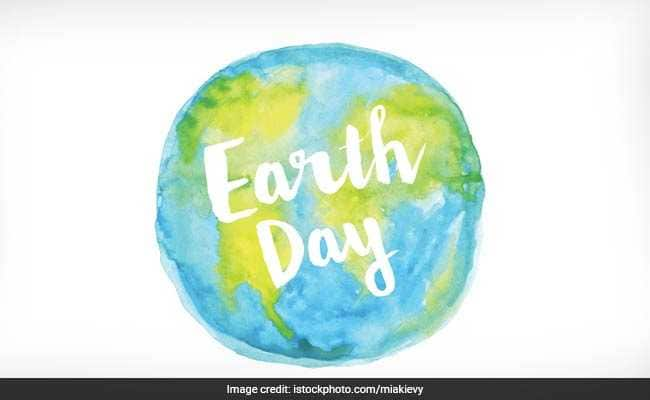 Every year we celebrate World Environment Day in June. On World Environment Day we do what we can to protect our planet. This year the focus is on reducing the use of plastic bags and water bottles. Watch this Environment Day video to learn more about it!
Every year we celebrate World Environment Day in June. On World Environment Day we do what we can to protect our planet. This year the focus is on reducing the use of plastic bags and water bottles. Watch this Environment Day video to learn more about it!
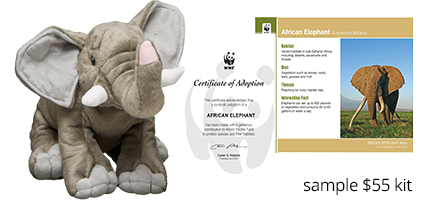

What could you and your family do to protect the planet?
On your blog tell us three things that you could do to help save the planet.
1. To stop cutting trees (having a pledge written)
2. To stop the use of plastic (straws, plastic cups etc.
3. Have beach clean ups or working bees.
Activity 2: Adoption Day
Not only can you help the planet by reducing, reusing and recycling, you can also help to save animals and plants by ‘adopting’ them. To ‘adopt’ an animal through the World Wildlife Fund (WWF), you need to visit their adopt a species page, read through the list of animals and choose one.
With the WWF, you don’t actually adopt the animal and bring it home! It’s a symbolic adoption. In this case you pay a fee ($55.00) and the money is used to provide food and care for your chosen animal. Visit the WWF site and take a look at the animals who are available for adoption. Choose your ‘top three’ animals from the website.
On your blog, list the three animals that you have chosen and then compare and contrast them. How are they similar? How are they different? At the bottom of you post, tell us which of the three animals you would most like to adopt..
My top 3
Loggerhead turtle
Snowy owl
Arctic fox
Similarities
Snowy Owl and Arctic Fox - They both live in cold conditions and they are both white for camouflage
Loggerhead Turtle and Snowy Owl - they both have to flap their fins or wings. The turtle when in the water, to move and the snowy owl when it flies.
Arctic fox and Loggerhead Turtle - I'm not sure?
Differences
Arctic fox, Snowy owl and Loggerhead Turtle - The Arctic fox and the Snowy owl is white while the Loggerhead turtle is Green.
That's, about it.
Activity 3: Concluding the Journey
Sadly, the Summer Learning Journey has now come to an end. It is time to reflect on everything that you have learned about the environment and, particularly, about how you can protect and preserve it.
On your blog please tell us:
What is one thing that you learned from participating in the Summer Learning Journey programme this year? I learnt more about our environment and what we can do to help. Also learning about the different things people do and finding more out about participants.
What is one thing that surprised you? I was surprised about the amount of people participating in the SLJ. There was hardly any. I had a list of all the people that were participating and hardly any were doing it.
What is one thing that concerned or upset you? Again, the amount of people participating.
What is one thing that you (or your family) can do, moving forward, to help protect our natural environment? We have brought a lot of reusable bags so we can use those as a replacement for plastic bags.
This year has been an awesome year and once again to all the people who make SLJ happen... THANK YOU!!!
Labels:
Learning,
Other,
Summer learning journey
Day 4: Making promises
Activity 1: Campaigning for Conservation



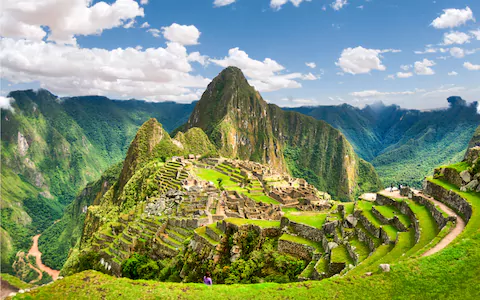
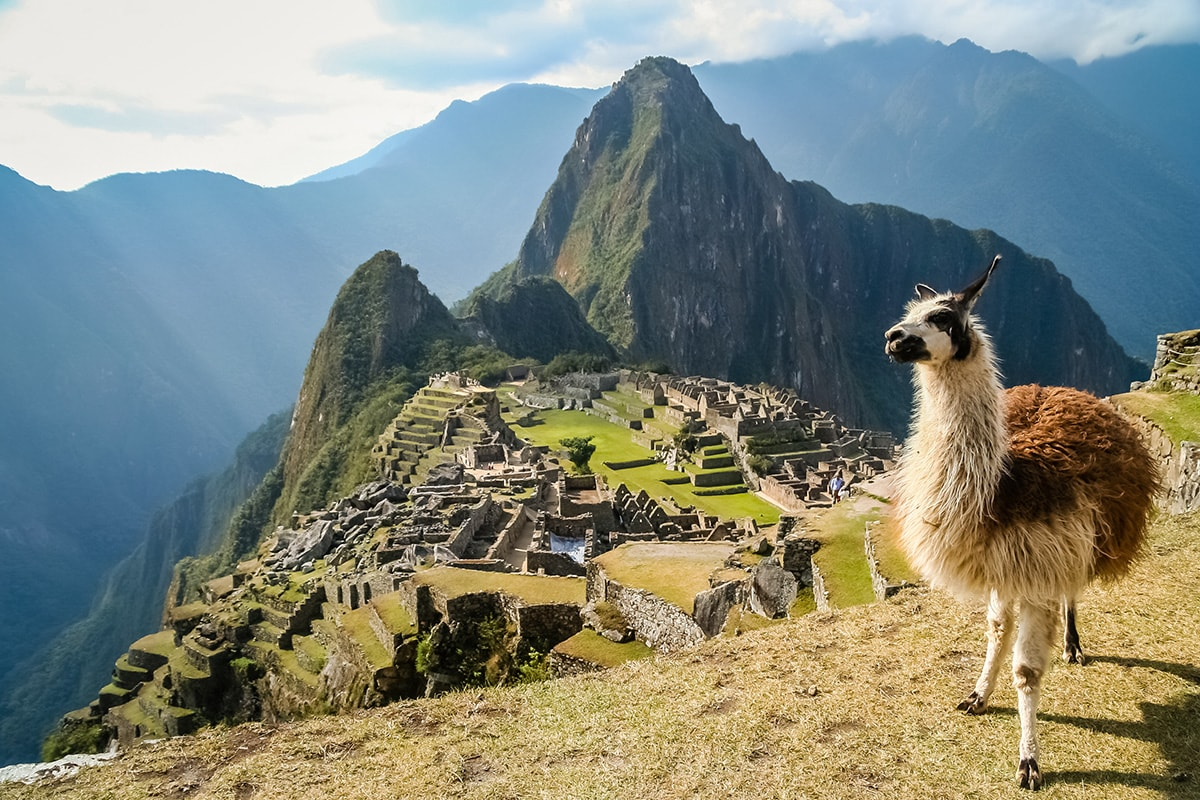
New Zealand is home to so many beautiful, unique and, sometimes, endangered animals and habitats. The Forest & Bird organisation is working really hard to protect vulnerable animals and places in NZ. They are doing everything that they can to raise money and to raise awareness so that everyone knows about these issues. These are called ‘campaigns.’ Check out the Forest & Bird campaigns site to learn more about them.
Imagine, that you have been hired by Forest & Bird New Zealand to work on one of their campaigns. It is your job to come up with a catchy slogan for the campaign. A slogan is a short phrase or sentence that is used to advertise something. Check out examples of common slogans and logos below.
On your blog, tell us which campaign you have chosen to support and provide us with a slogan for that campaign.
i'm lovin' it because saving animals means you are doing your part into saving the environment. You also get to go on awesome trips around NZ. Also, you just get to get up and personal with cute (and also weird) animals.
Activity 2: The Plastic Pledge
Over the past few decades some of New Zealand’s beaches have become dumping grounds for waste and rubbish. Almost 80% of this waste is made up of plastic items. Yikes!
Some companies in New Zealand have heard about the problem and agreed to cut down on their use of plastic. Countdown supermarkets, for example, have announced that they will stop giving out plastic bags to customers. What do you think of this idea? What do your friends and family think? Is it a good idea or not?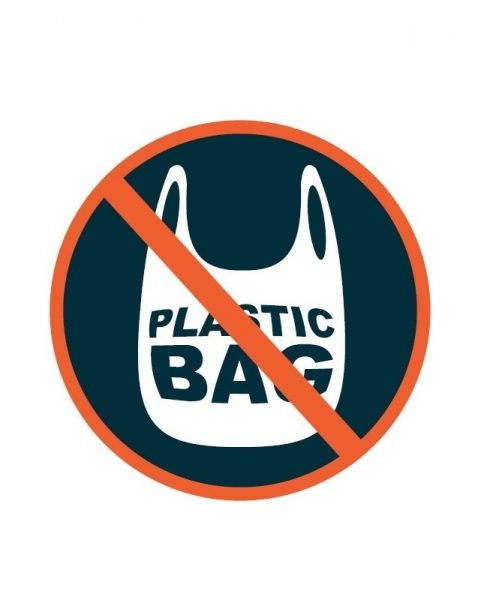
For this activity, please ask one member of your family and/or a friend what they think about Countdown’s decision to go ‘plastic bag free.’
On your blog, tell us what they think about Countdown’s decision to stop using plastic bags.
I think its a good thing to happen because single use plastic bags are, well... single use. I think it is appalling that 80% of our waste is plastic. That is a scary number. That means only 20% of our waste is other things. If we stop using plastic and start bring reusable bags, we can reduce that 80% to maybe see a change like 50% or less. That little pledge to stop plastic has possibly made a big difference for NZ.
Activity 3: Restricted Access
While much of our programme has focused on New Zealand, it is important that we also consider the environment in other places as well. One of the most unusual and spectacular sites to visit outside of New Zealand is called Machu Picchu. It is an ancient city that was built high up in the mountains in the country of Peru in South America. You have to take a train and/or walk through a series of mountains and valleys to reach it.
Over the past few decades millions of tourists have made the trek to Machu Picchu. Unfortunately, this has damaged the area and the local government has decided to restrict the number of visitors to the site each year. This decision has upset a lot of tourists who really want to see Machu Picchu but aren’t allowed to go.
On your blog, tell us what you think about the government’s decision to restrict the number of tourists able to visit this special site. Is it fair? Be sure to tell us why you feel the way that you do.
I think the decision is both crucial and is unfair for tourists. The decision is for peoples safety because there might be unstable step or there is the risk of getting separated by friends.
Today is the last day of SLJ!! NOOOOOOO😞
Labels:
Learning,
Other,
Summer learning journey
Day 3: Taking action
Activity 1: Predator Free 2050 – A Call to Arms

There is currently a huge drive to get rid of all predators from New Zealand. Predators are animals that, in some way, damage our natural environment. Many organisations are working hard to accomplish this goal.
Click on the links below to watch videos about three of the current projects operating to make New Zealand ‘Predator Free by 2050.’
Predator Free Video #1: Cacophony Project
Predator Free Video #2: Taranaki Mounga Project
Predator Free Video #3: Zero Invasive Predators (ZIP)
On your blog, tell us which one of the videos you liked the best and why..
I pick the cacophony project because I think the technology behind the cacophonometer and the cacophonator. Its amazing how they use the microphone to keep track of the pests/animals that go in Grant's backyard. the cocophonator is also an incredible invention. The use of the inf-red camera is very smart.

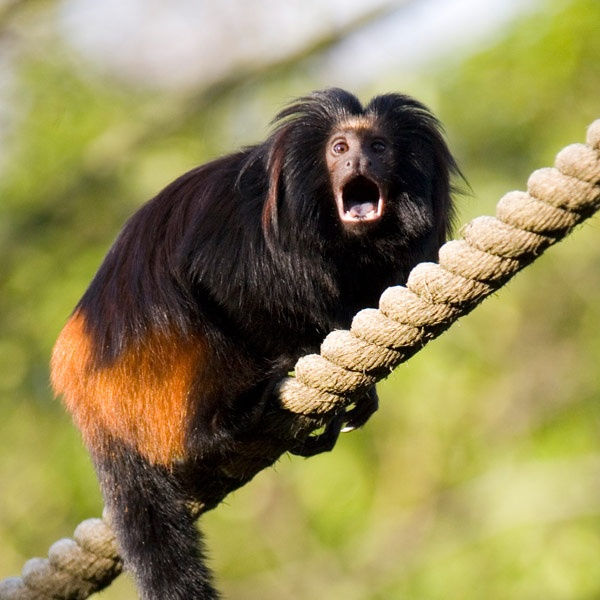


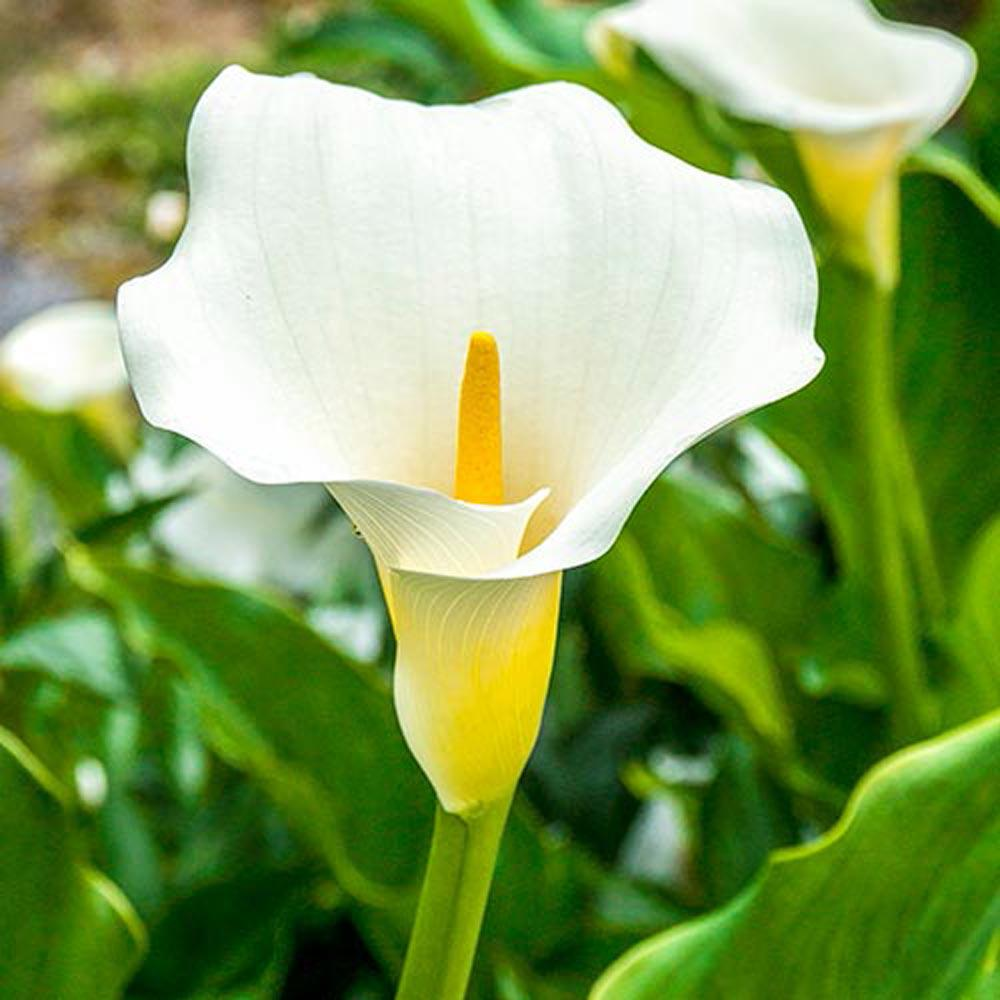
Activity 3: The Power of Ten
Sir David Attenborough is a famous TV presenter from England who loves nature and the natural world. He has spent his career filming documentaries about the planet and working hard to protect it. In a recent interview, Sir David was asked to reflect on all that he had learned and to imagine that he had suddenly been given the power to save 10 animals and/or plants from extinction (disappearing forever).
3. Solenodon
Let’s imagine that you had the same power and that you could save 10 species (animals or plants) from extinction. Who would you save? If I had the choice I would probably save animals like the elephant, white tiger and rhinoceros because they are unique and have lived for centuries on earth. I would also like to save some of my favourite flowers including hydrangeas and calla lily flowers. What about you?
Left to right: White tiger, Hydrangeas, Calla Lily
On your blog, list 10 species (animals or plants) that you would protect from extinction. For each one, give a reason as to why you think it is important to protect.
10. Giant panda
9. Venus's flower basket
8. Spatuletail hummingbird
7. Blue whale
6. Elephant
5. Hydrangea
4. Sumatran tiger
3. Hawksbill turtle
2. Whale shark
1. Loggerhead turtle
Labels:
Learning,
Other,
Summer learning journey
Thursday, January 10, 2019
Day 2: protecting our own
Activity 1: A Flying Fox
 New Zealand has some of the most beautiful forests in the world. Both New Zealanders and tourists, alike, enjoy walking through these forests. Unfortunately, constantly walking through forests can damage the plants and animals (flora and fauna) that live there. In an attempt to protect the local flora and fauna, an eco-tourism company in Rotorua came up with an idea. The Rotorua Canopy Tours Company designed a series of ziplines that sit above the forest canopy (top). People can ‘zip’ from one section of the forest to another, looking down on the beautiful natural areas below. To see what ziplining looks like, check out this video.
New Zealand has some of the most beautiful forests in the world. Both New Zealanders and tourists, alike, enjoy walking through these forests. Unfortunately, constantly walking through forests can damage the plants and animals (flora and fauna) that live there. In an attempt to protect the local flora and fauna, an eco-tourism company in Rotorua came up with an idea. The Rotorua Canopy Tours Company designed a series of ziplines that sit above the forest canopy (top). People can ‘zip’ from one section of the forest to another, looking down on the beautiful natural areas below. To see what ziplining looks like, check out this video.
I have tried ziplining and I really enjoyed it, however, I must admit that I was pretty scared to try it at first. How would you feel if you had the chance to go ziplining in Rotorua?
On your blog, tell us how you would feel about going ziplining in Rotorua. Try to use some descriptive words (adjectives) and action words (verbs) in your post!
I would feel very fearful but a little bit ecstatic too. With all the nature around there will be lots to observe, zipping by. Also the scenery would be breath taking. Would love to go on the zipline.
Activity 2: A Protective Plant

On your blog list 10 veggies, fruits, or herbs that you would plant in your garden.
Top 10 veggies, fruits or herbs.
Number 10: Tomatoes (even though I don't really like them)
Number 9: Zucchinis
Number 8: Spring onions
Number 7: Onions in general
Number 6: Cabbage (probably green)
Number 5: Lettuce
Number 4: Cucumbers
Number 3: Raspberries (would be nice to try out)
Number 2: Peas
Number 1: Strawberries (I left strawberries for last because their my favourite)
Activity 3: A House is Not a Home
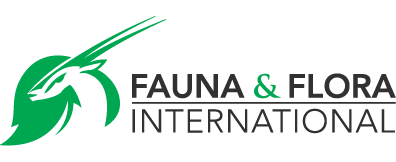
The Lansan tree project because the Lansan tree has many reliable uses. Some of the uses are quite out of the ordinary. They are also used for cultural purposes. It is a shame that people are chopping these trees down.
Activity 2: A Protective Plant
There are concerns about the water quality of some of the rivers, streams and oceans in and around New Zealand. Some people have suggested that we plant flowers and plants on the banks of our most polluted rivers to stop the spread of the pollution. Apparently, the plants can act as filters, absorbing some of the chemicals (pollutants) that are moving across the land, on their way to the river.
Planting can be a lot of fun! Have you ever planted a garden? Aronui and I are going to make our very own edible garden this year. We are going to plant a number of veggies, fruits and herbs, including mint, coriander, parsley, lemongrass, onions, tomatoes, beans, zucchinis, kumara and strawberries. Yum! If you could plant an edible garden what would you plant in it?
On your blog list 10 veggies, fruits, or herbs that you would plant in your garden.
Top 10 veggies, fruits or herbs.
Number 10: Tomatoes (even though I don't really like them)
Number 9: Zucchinis
Number 8: Spring onions
Number 7: Onions in general
Number 6: Cabbage (probably green)
Number 5: Lettuce
Number 4: Cucumbers
Number 3: Raspberries (would be nice to try out)
Number 2: Peas
Number 1: Strawberries (I left strawberries for last because their my favourite)
Activity 3: A House is Not a Home
New Zealand is home to some unique wildlife that cannot be found anywhere else in the world. While we work very hard to protect our natural habitats so, too, do people living and working in other countries. One of the oldest international wildlife conservation organisations is called ‘Fauna & Flora International’ (FFI). They support a number of projects around the world, including those working to protect Lansan trees in the Caribbean, fruit forests in Tajikistan, and national reserves in Mozambique. Read about each of these projects and choose the one that interests you the most.
On your blog, tell us which project you find most interesting and why.The Lansan tree project because the Lansan tree has many reliable uses. Some of the uses are quite out of the ordinary. They are also used for cultural purposes. It is a shame that people are chopping these trees down.
Labels:
Learning,
Other,
Summer learning journey
Subscribe to:
Posts (Atom)
